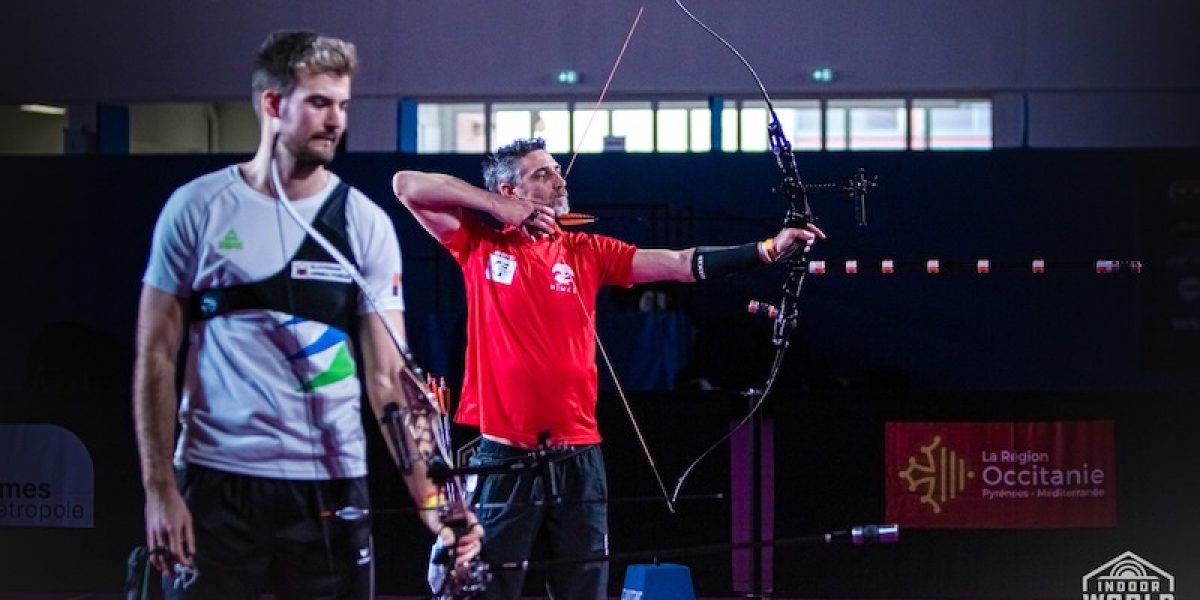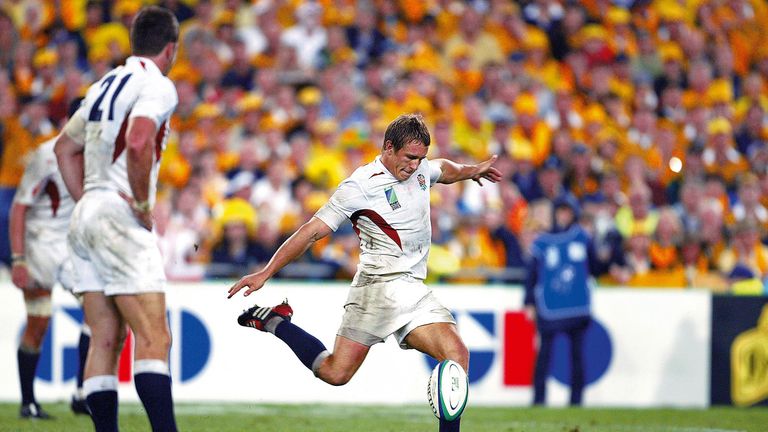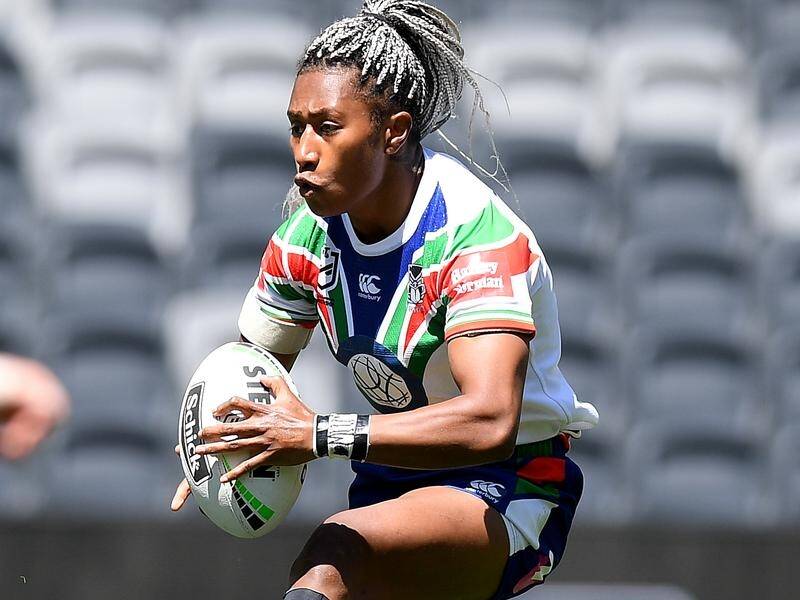Sports provide children with more than just physical activity. They offer a unique opportunity for youth to develop valuable life skills and habits that will benefit them in all areas of their lives. In today’s society, it is increasingly important to ensure that children are given ample opportunity to participate in sports activities at a young age. Here are some of the most important benefits that youth sports can provide:
- Physical Fitness: Physical fitness is an invaluable aspect of youth sports. Playing sports allows kids to burn off excess energy while also getting their daily dose of exercise. Not only does this keep them healthy, but it also sets the foundation for lifelong healthy habits. Regular exercise has numerous health benefits, including improved heart health, better sleep, and reduced risk of chronic diseases.
- Teamwork and Collaboration: Team sports teach valuable lessons about teamwork, collaboration, and communication. When children play on a team, they learn how to work together towards a common goal. This experience can translate directly into their personal and professional lives later on. By collaborating with others to achieve a shared goal, children become more confident in their ability to work with others, build relationships with teammates, and develop more compassion, tolerance, and empathy.
- Self-Discipline and Responsibility: Youth sports also teach children self-discipline and a sense of responsibility. When they commit to a sport, children must be accountable for their attendance, punctuality, and performance at practices and games. They must also learn to manage their time effectively to balance activities, schoolwork, and family responsibilities. As they learn to develop good habits through consistent practice and persistence, children become more disciplined, focused and responsible.

- Leadership and Resilience: Youth sports help children develop leadership qualities that they can apply in other areas of their lives. By taking on leadership roles within their sports teams, children can develop a sense of confidence and competence. These qualities will help them to take on new challenges and pursue their goals with determination and resilience.
- Social Development: Through sports, children develop social skills in a variety of ways. They learn to interact with peers and adults in a positive way, build friendships, share, and respect differences. Sports provide children with opportunities to learn how to negotiate and resolve conflicts peacefully, as well as develop empathy and emotional intelligence.
Youth sports offer numerous benefits for children that go far beyond physical activity. They provide opportunities for children to develop leadership, teamwork, discipline, and responsibility, while also improving their social and emotional development. Parents and communities must prioritize sports programs for children to help them grow and become healthy, successful adults.

























